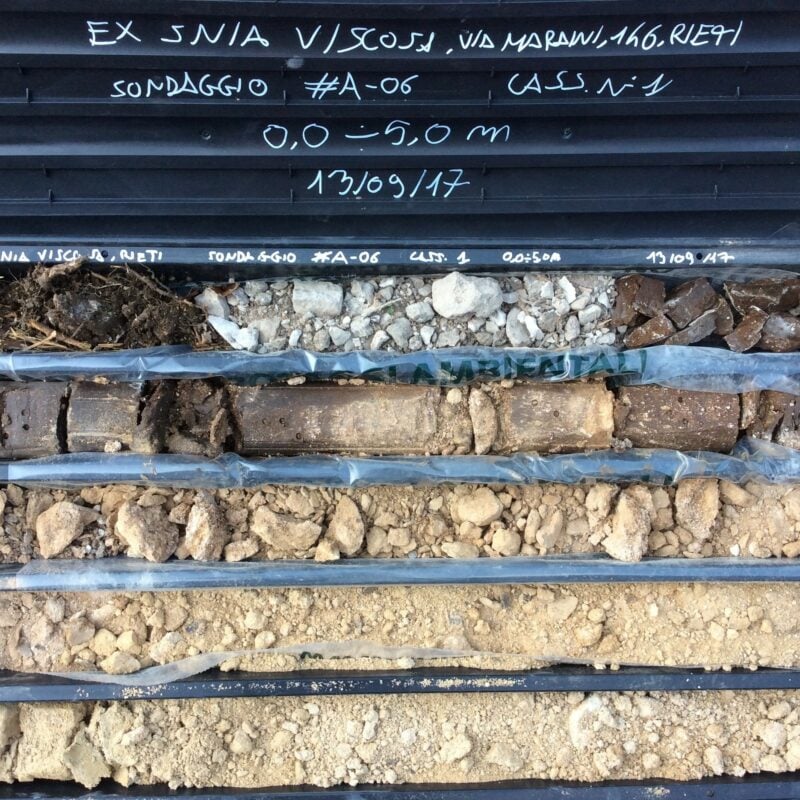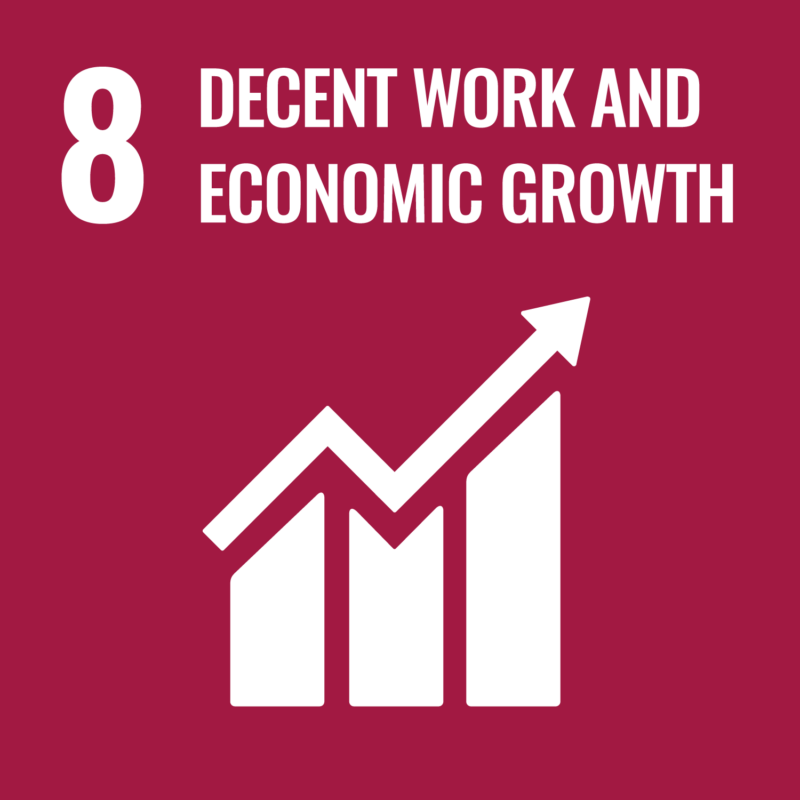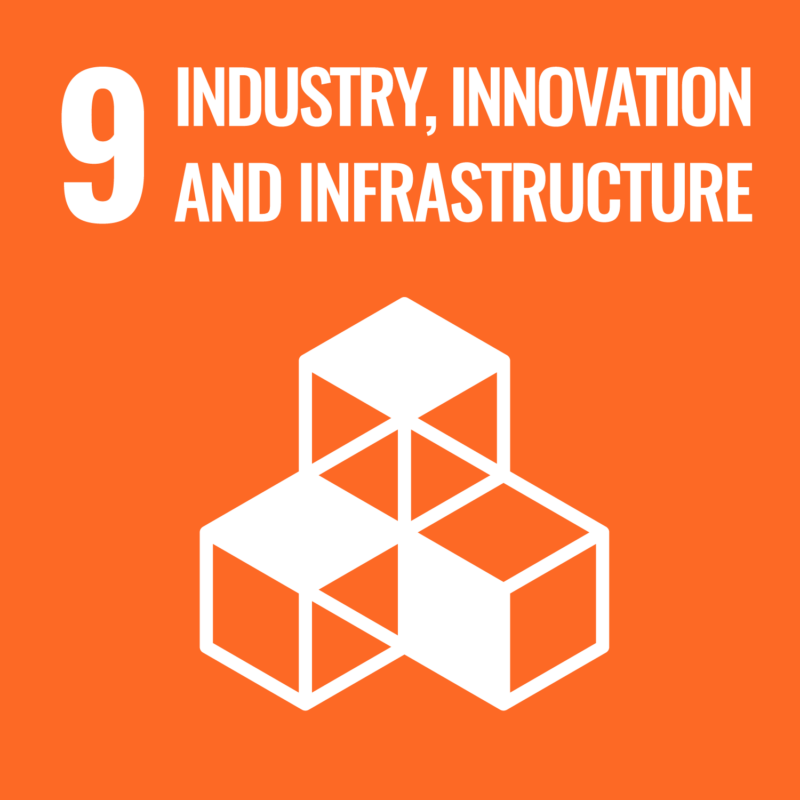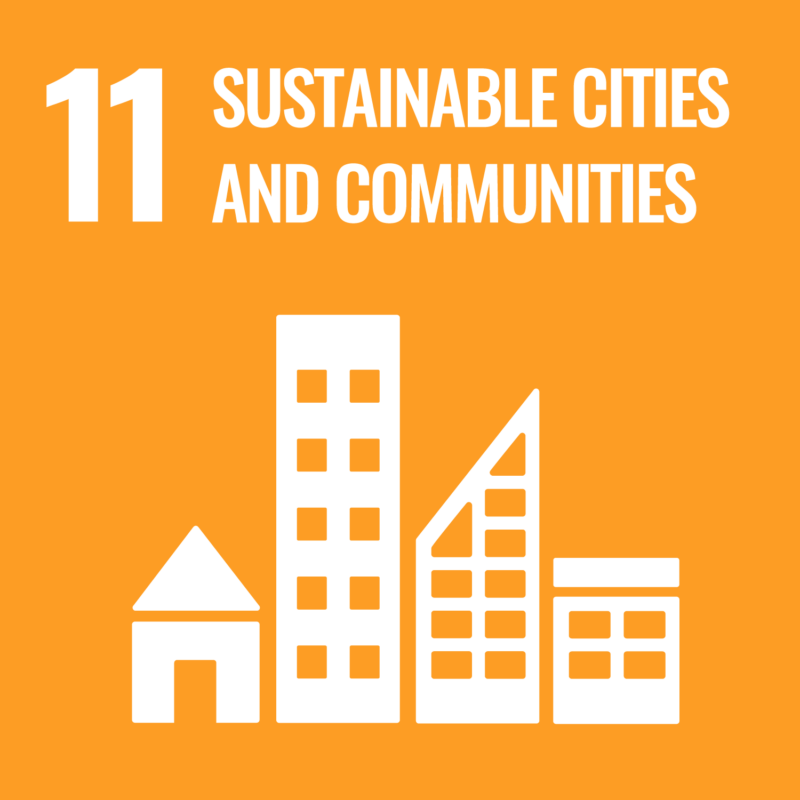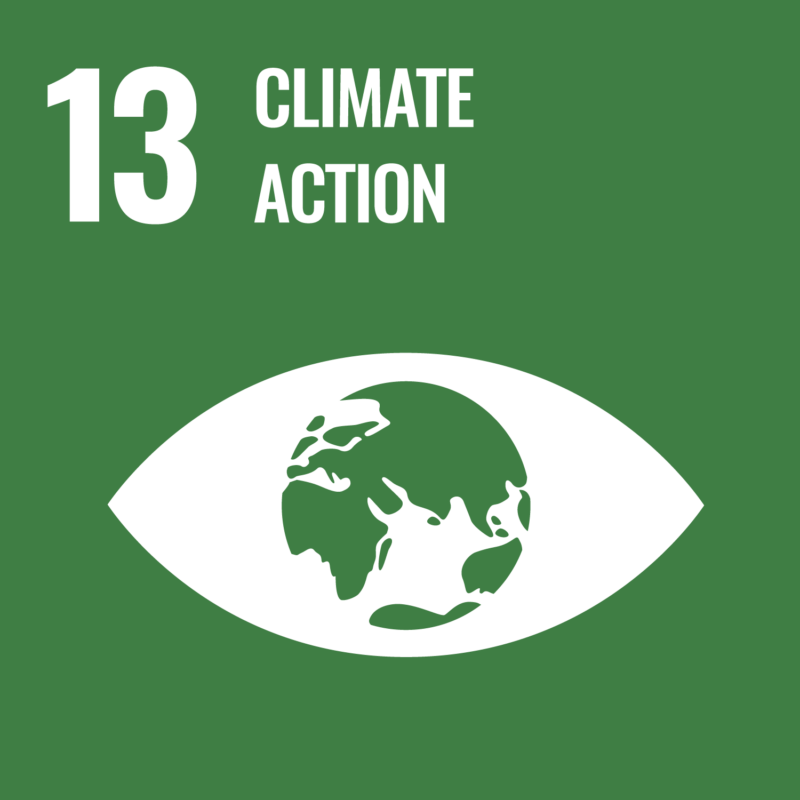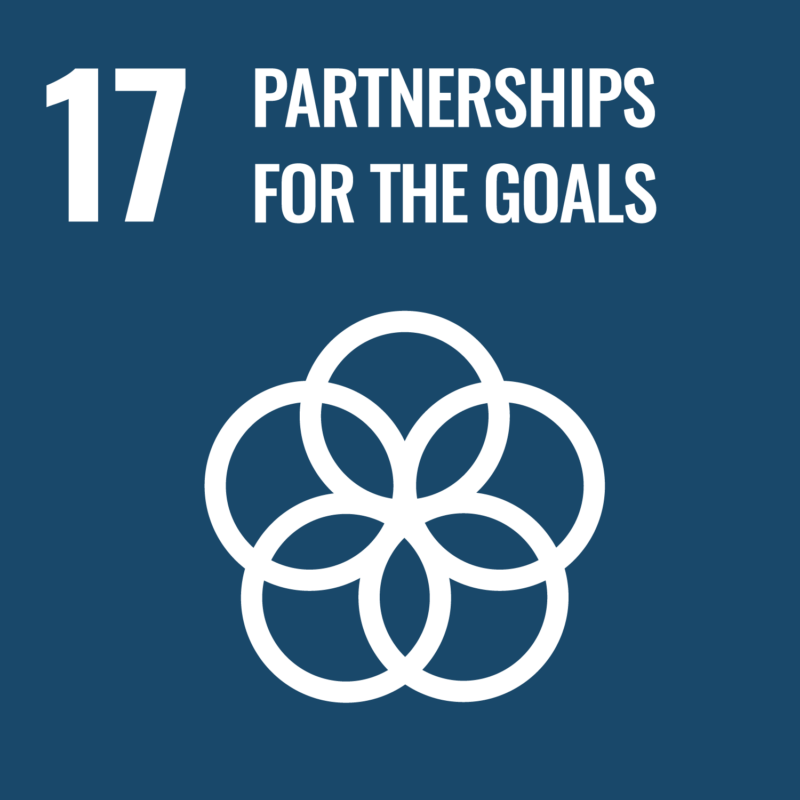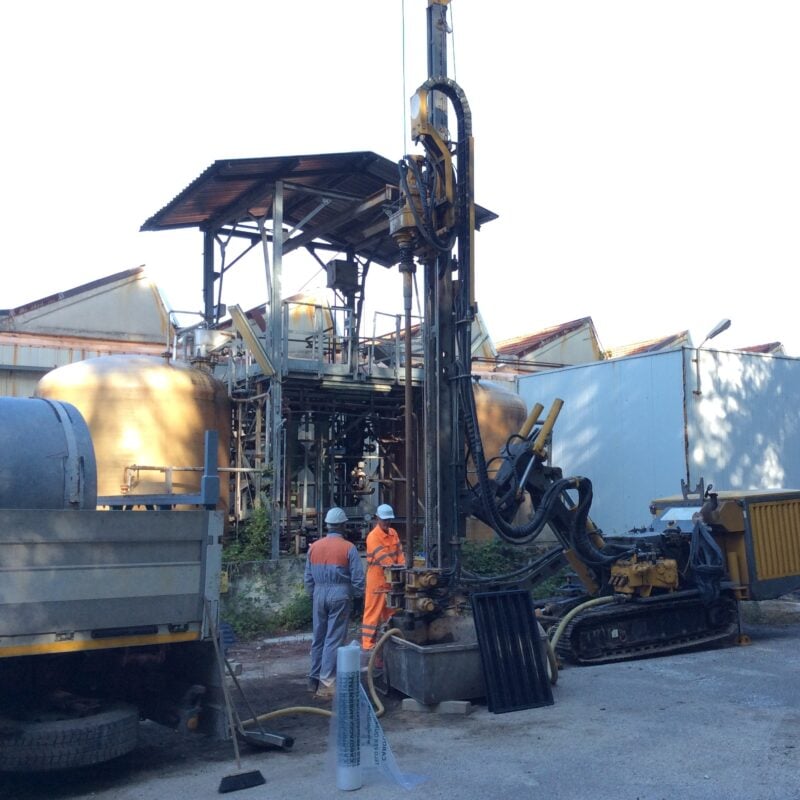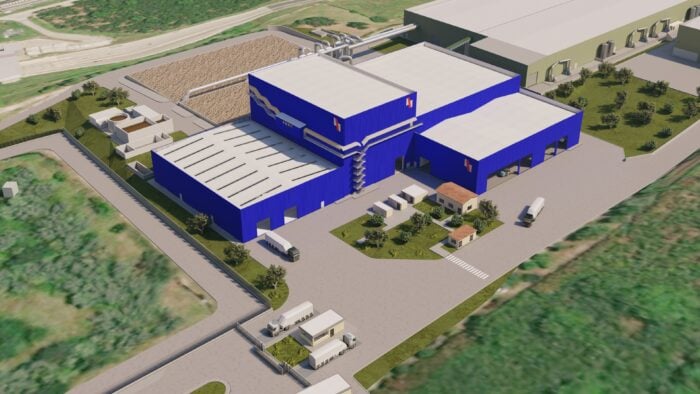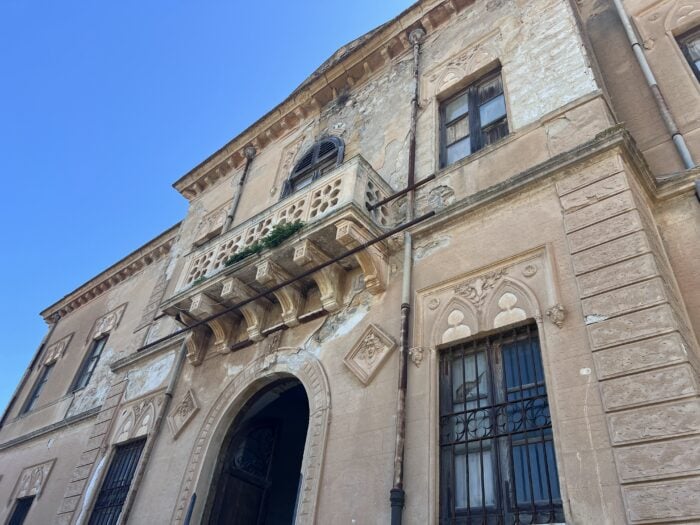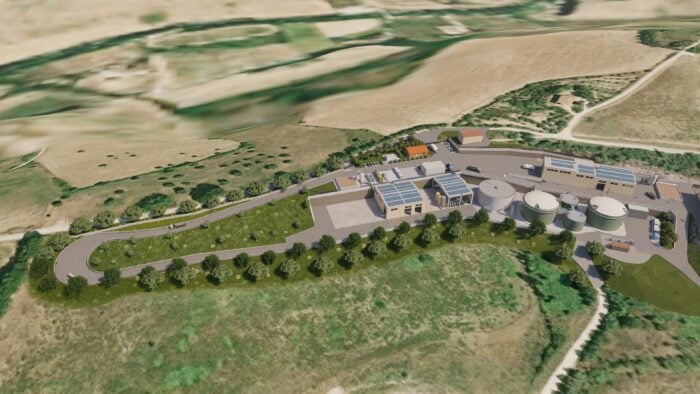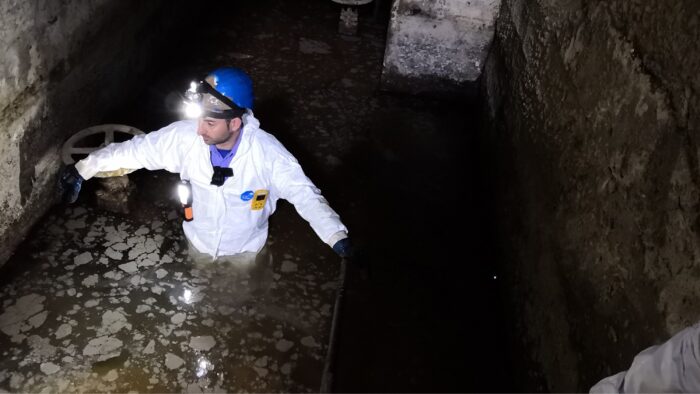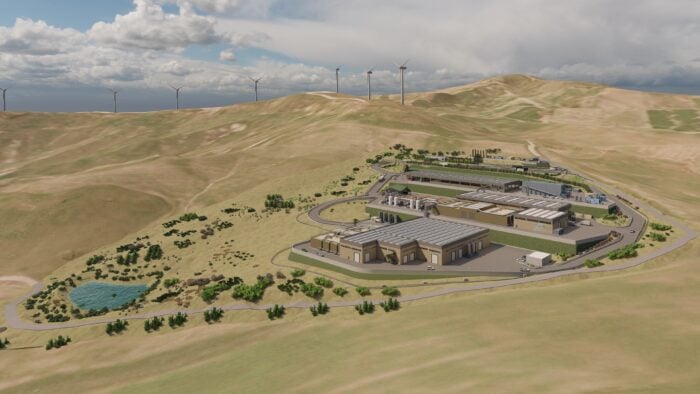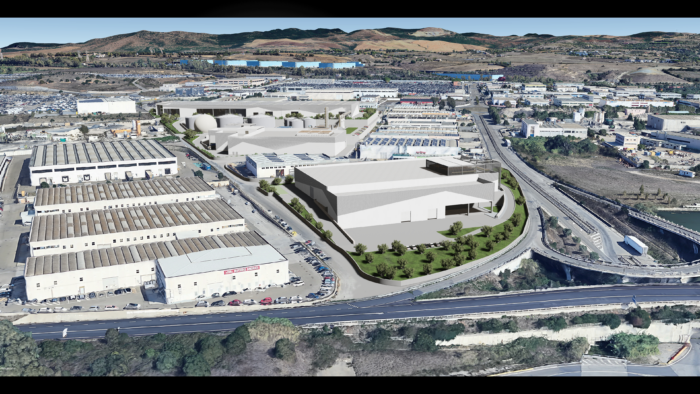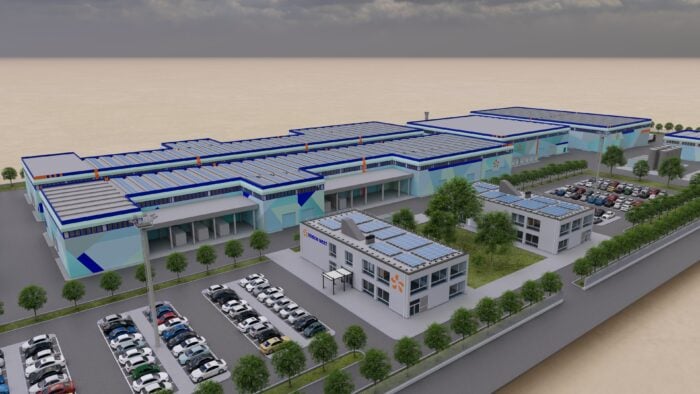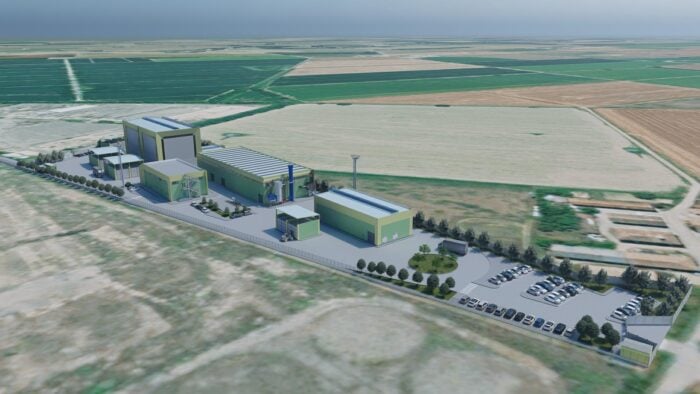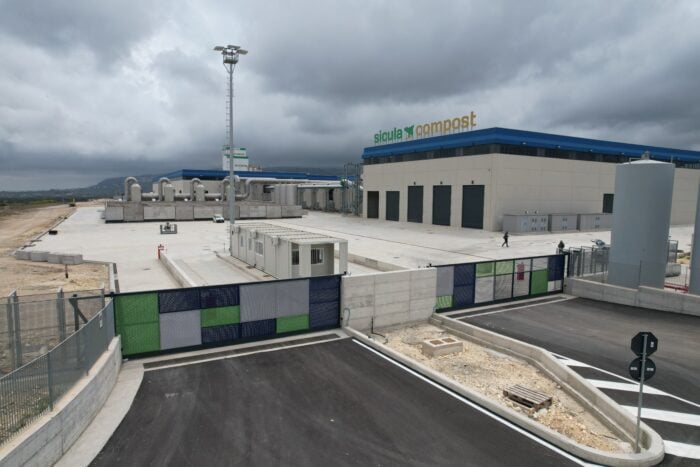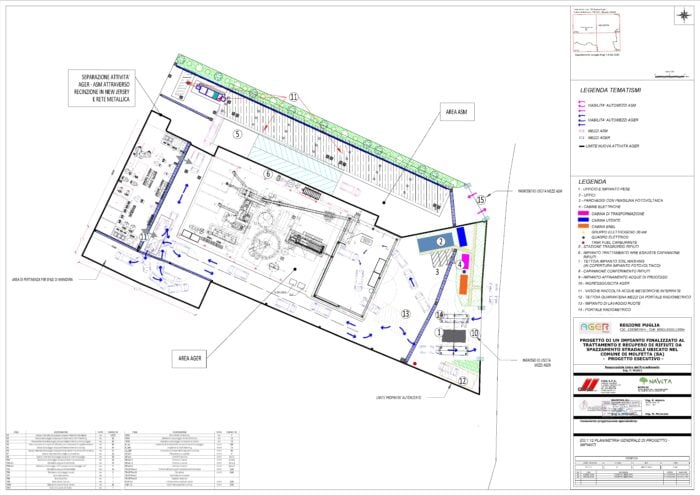Promote sustained, inclusive and sustainable economic growth, full and productive employment and decent work for all
The site is located inside the disused ex-SNIA Viscosa industrial plant in Rieti, one of the largest Italian factories, home to viscose production, which has been decommissioned since the early 2000s. Between 2001 and 2007, a remediation consisting of soil removal had already been carried out. In light of the state of the site and the interventions already carried out, a new Characterization Plan was developed.
The elaboration of the new Characterization Plan was based on the following objectives: verify and validate the results of previous investigations; carry out investigations on the portions of the site not subject to previous characterization activities; carry out characterization in the areas in which the present above-ground waste had been removed; acquire all the information for the risk analysis and possible remediation aimed at the redevelopment and valorisation of the site itself.
The characterization plan was structured in 3 parts:
- Systematization of existing data, aimed at identifying useful information for the new investigation proposal (reasoned choice of the location of surveys and piezometers) and verifying the actual effectiveness of the remediation already carried out;
- Development of the preliminary conceptual model, to define the number and depth of new surveys to be carried out;
- Proposal for an environmental investigation plan, in conjunction with ARPA, to characterize the soil and subsoil matrices and collect the necessary site-specific parameters to be used for drafting the health risk analysis.
Following the investigations carried out, for which field assistance and work management were provided, as well as safety coordination, in addition to the preparation of the site-specific Risk Analysis, it was possible on the one hand to confirm to the local Administrations the effectiveness of the previous remediation activities carried out on the site (at the time still with an industrial use destination) and, on the other hand, to highlight that, following the complete decommissioning of production activities and the simultaneous change of intended use (residential and public/private greenery), some portions of the site are contaminated on the surface soil, as the concentrations of certain analytes found with the characterization carried out exceed the Risk Threshold Concentrations determined through the AdR.


